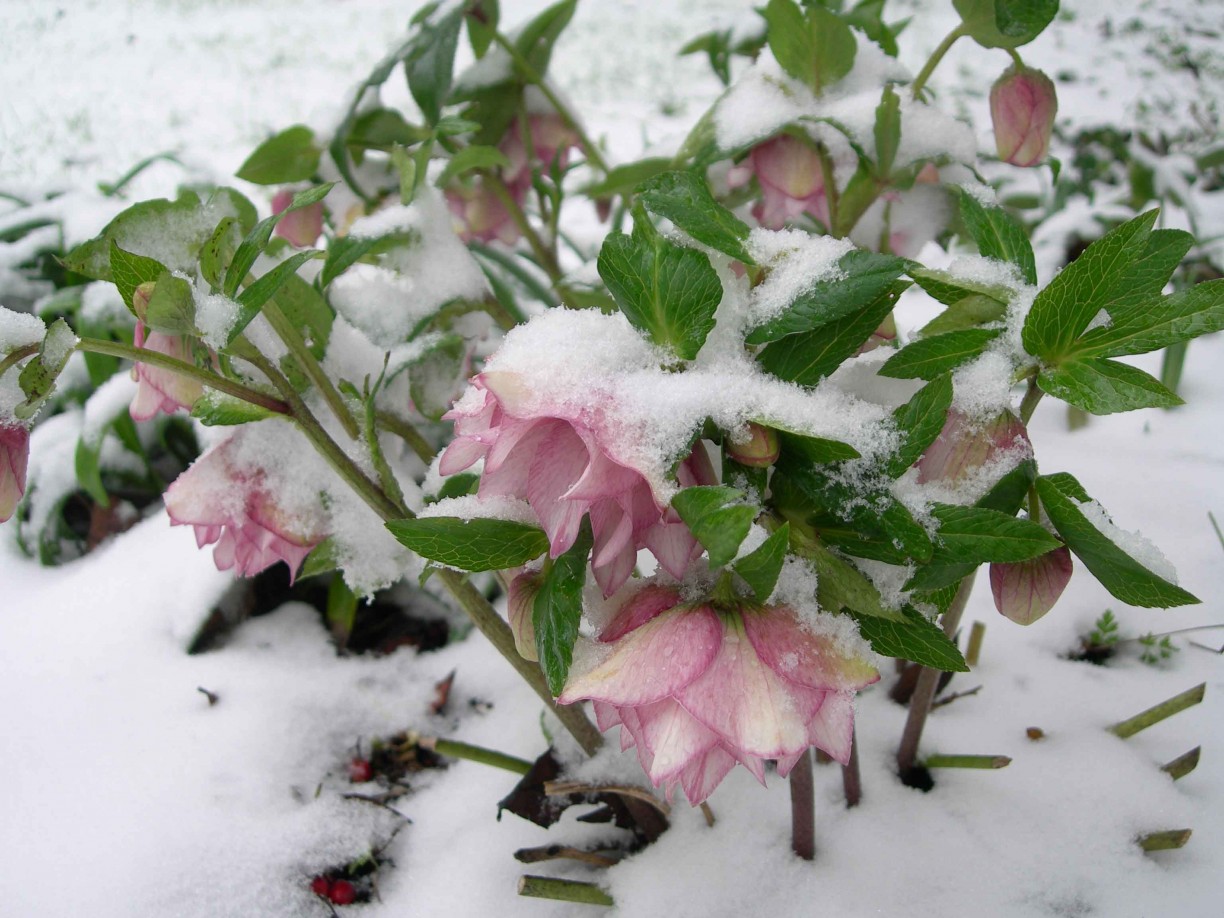What is it that attracts so many people to fall in love with these bewitching winter flowering plants? Their charm lies in the fact that they start to flower at the end of January, at a time of year when most sensible gardeners are still indoors studying the seed catalogues! Bad weather can delay their flowering, but these remarkable plants manage to shrug off the frost, snow and freezing temperatures and in so doing, draw the summer gardener outside to marvel at their beauty. Once you have acquired a couple of plants or so, it is not long before you find yourself searching out more singles, doubles or anemone types in a variety of colours.
The original Lenten species came from the northern parts of Greece and Turkey in a limited range of hues and over the years, dedicated breeders have slowly hybridised stock to produce the wide and exciting range of plants that are for sale today.
I was one such person who found myself unable to resist the attraction of these captivating plants and travelled long distances to acquire the treasures that were on offer from specialist nurseries. As I was already running a small plants nursery growing a variety of perennial plants, it was a natural progression to try my hand at pollinating from the plants that I held in my collection. I had taken on an undeveloped garden in the early 1990s and this was to give me the canvas to lay out various beds for my hellebore plants. These plantings have become well established over the years, and their flowering in March is a truly inspiring sight at a time of year when spring is slow to gather pace.
